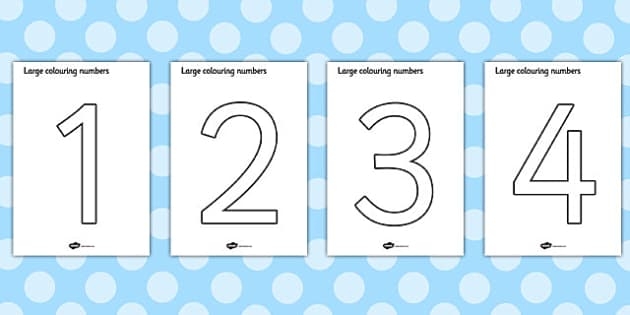Food colouring numbers are additives used to enhance the appearance of food products. They are commonly used in processed foods, baked goods, beverages, and more. These additives come in various forms such as liquid, powder, gel, and paste.
Food colouring numbers are assigned by regulatory agencies to indicate the safety and composition of the additive. These numbers help consumers identify the type of colouring used in a product and ensure that it meets safety standards.
Types of Food Colouring Numbers
There are different types of food colouring numbers that are commonly used in the food industry. Some of the most popular ones include:
1. E100 – Curcumin: A yellow food colouring derived from turmeric.
2. E129 – Allura Red: A red food colouring commonly used in beverages and desserts.
3. E171 – Titanium Dioxide: A white food colouring used in candies and confectionery.
4. E133 – Brilliant Blue: A blue food colouring often found in sports drinks and processed foods.
These food colouring numbers are carefully regulated to ensure they are safe for consumption and do not pose any health risks to consumers.
Regulation of Food Colouring Numbers
Food colouring numbers are regulated by government agencies such as the Food and Drug Administration (FDA) in the United States and the European Food Safety Authority (EFSA) in Europe. These agencies conduct thorough evaluations of food colouring additives to determine their safety and suitability for use in food products.
Before a food colouring number is approved for use, it undergoes rigorous testing to assess its potential impact on human health. Only those additives that meet the safety standards set by regulatory agencies are permitted for use in food products.
Consumer Awareness
It is important for consumers to be aware of food colouring numbers and their potential effects on health. Some individuals may be sensitive to certain food colourings and experience adverse reactions such as allergies or hyperactivity.
By understanding the food colouring numbers listed on product labels, consumers can make informed choices about the foods they consume and avoid any additives that may cause negative health effects.
In conclusion, food colouring numbers play a significant role in the food industry by enhancing the visual appeal of products. With proper regulation and consumer awareness, these additives can be used safely to create vibrant and attractive food products.
